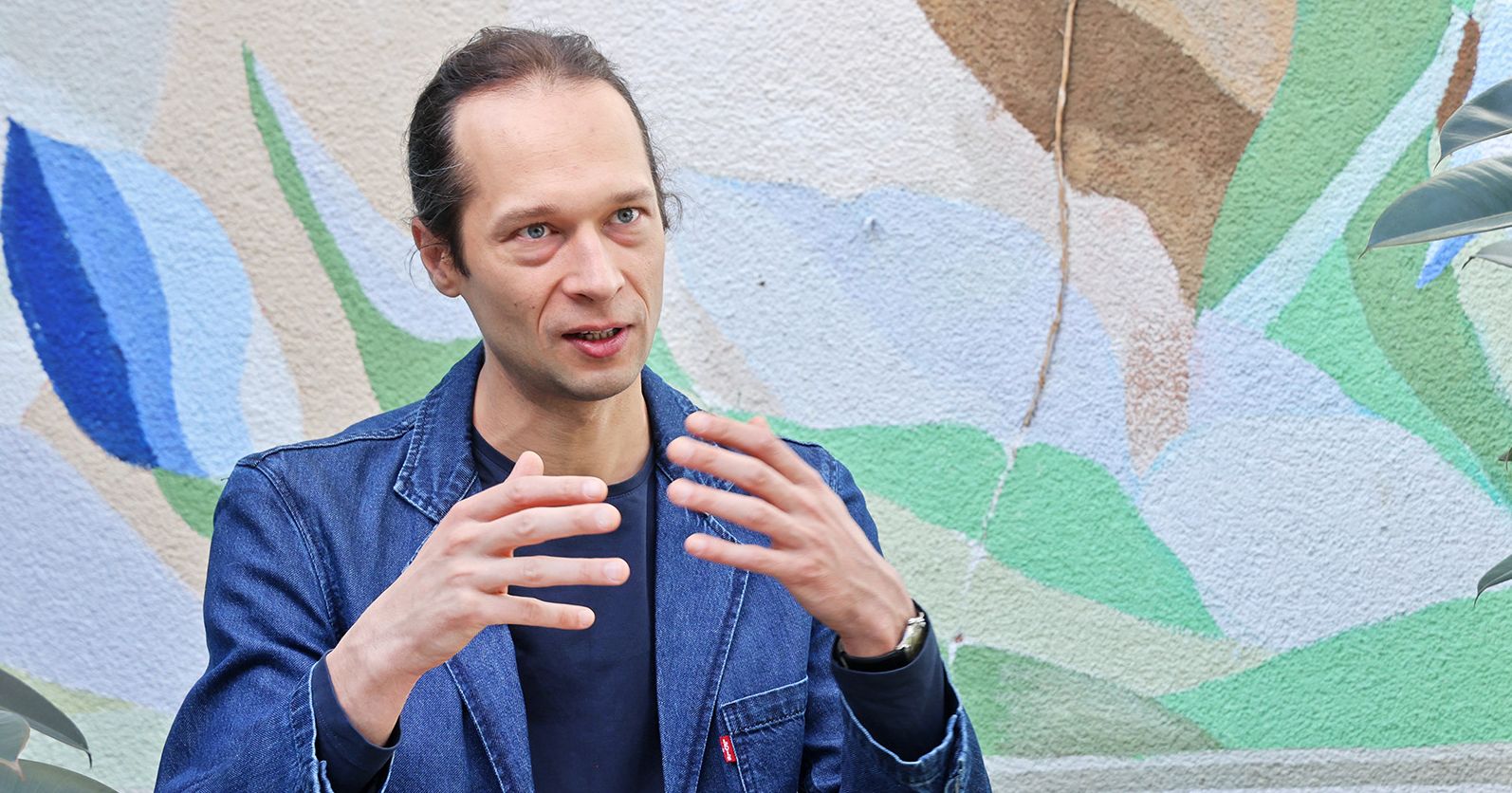 Social sciences
Social sciences
Understanding the pandemic. A breakthrough project at NCU
Nicolaus Copernicus University in Toruń will be the main center implementing an international project analyzing pandemics in pre-industrial Europe. The interdisciplinary team of researchers led by Prof. Adam Izdebski, PhD, DSc, will finance it from the prestigious ERC Synergy grant.
The ERC Synergy grant is the largest grant offered by the European Research Council (ERC). The funds for the implementation of the project can amount to up to 10 million euros. In this way, the ERC supports teams combining knowledge from various fields whose aim is to solve ambitious research problems. This is only the second grant of this rank led by a Polish research center.
A consortium of 10 research centers from Europe and the United States has obtained a grant to finance the project: “Re-understanding the role of pandemics (1300-1800): history, natural sciences, and machine learning." The leader of the team is historian and ecologist Prof. Adam Izdebski, PhD, DSc, from the Interdisciplinary Centre for Modern Technologies at Nicolaus Copernicus University in Toruń.
Thanks to their research, the scientists want to understand why the same pathogen can cause very different effects in various places and times throughout history. For this reason, they will focus on learning about the context in which the pathogen causing the epidemic appeared. They will check whether ten years earlier there was a war, economic collapse, famine, or extreme weather conditions in a given area. They will be interested in how the population size, vegetation, and landscape changed. They will determine whether in a given period there was only one type of pathogen, or, for example, whether people were simultaneously infected with plague, smallpox, and salmonella. The researchers will examine 11 regions – from Spain to Lithuania and from England to Greece – and 56 different epidemics.
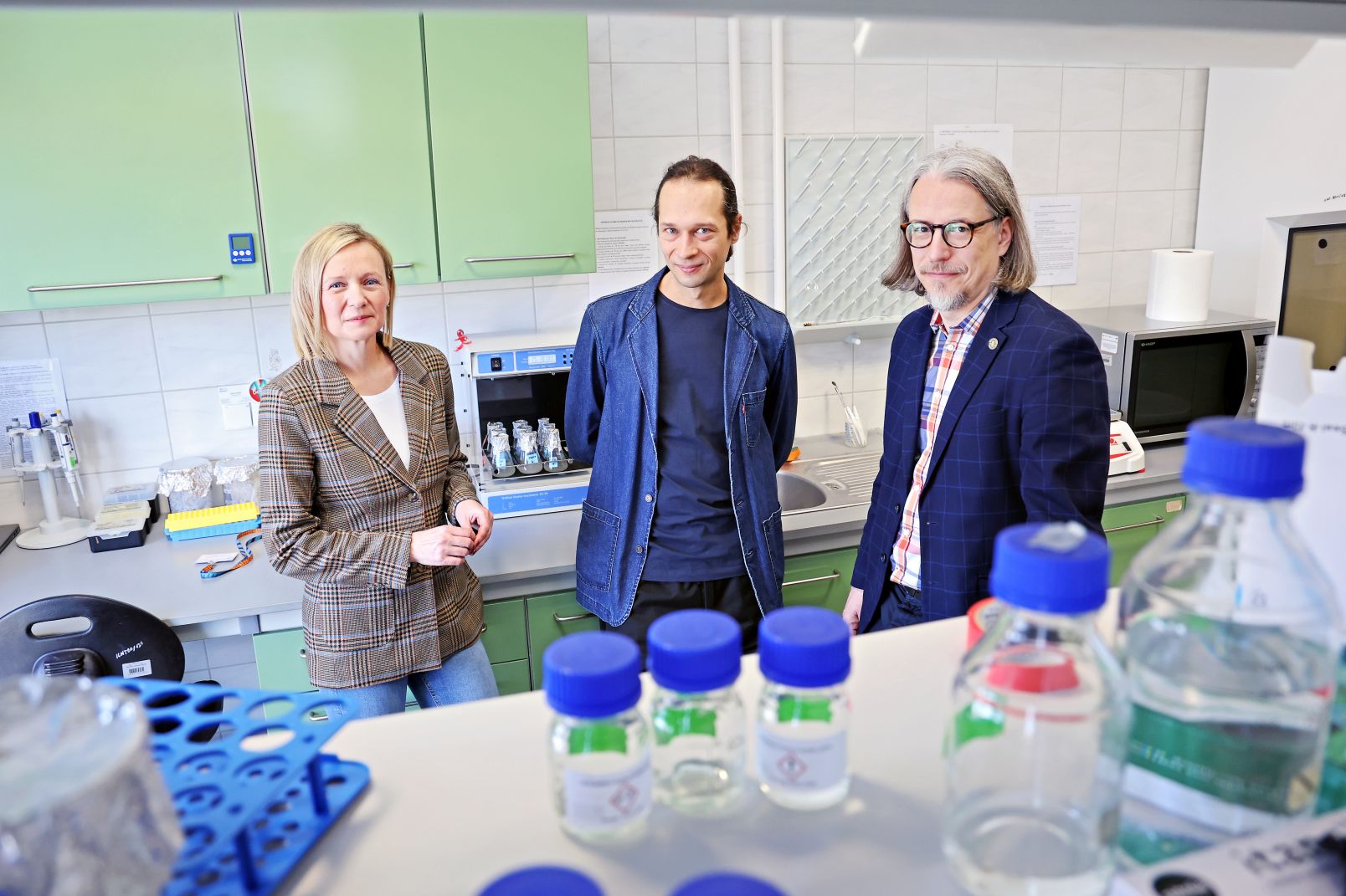
photo Andrzej Romański
Prof. Izdebski admits that he became interested in this topic during the COVID-19 pandemic. That experience changed not only the perspective on epidemics but also made it possible to open new directions of research. At that time, together with Italian palynologists he collaborates with, he initiated a project to collect data on how the landscape in Europe changed before and after the “Black Death." More people involved in landscape reconstruction on our continent, including from Nicolaus Copernicus University, joined the research. In total, the researchers managed to collect information from over 250 sites.
Thanks to this, we were able to disprove the view that half of Europe's population died during the plague epidemic of the 14th century – explains Prof. Izdebski. – In some regions, we indeed see landscape changes that could have occurred only because half of the local inhabitants suddenly disappeared. However, in other places, for example in the Kingdom of Poland, we see the development of agriculture. If half of the population had perished there, the arable fields would have become overgrown with forest instead of developing.
In this way, a very large mosaic of landscape changes in Europe was created, indicating the extremely uneven impact of the Black Death on the demography and life of societies at that time. – We were not able to explain this in any way – says the historian. – The reviewers of our article Palaeoecological data indicate land-use changes across Europe linked to spatial heterogeneity in mortality during the Black Death pandemic, published in Nature Ecology & Evolution in 2022, demanded that we indicate at least one factor that influenced mortality, but there was none. When one factor was valid in one place, it did not fit another. It can be summarized that the pandemic drew my attention to this topic in general, and besides that, it gave rise to the desire to find an answer to the question of why the same pathogen can cause completely different effects in different places and at different times.
The project of the team led by Prof. Izdebski covers the years 1350–1800, that is, the period of the late Middle Ages and the early modern era. This was the time when the so-called second plague pandemic, caused by the bacterium Yersinia pestis, was ongoing in Europe, with subsequent waves of this disease appearing, and it disappeared from our continent only at the end of the 18th century. At the same time, this was a period of very high activity of other pathogens. Perhaps it was precisely then that the virus causing smallpox reached an evolutionary stage that made it capable of causing highly lethal epidemics in humans.
The researchers would also like to find out what role the spread of other pathogens, such as salmonella, played in the course of plague or smallpox epidemics. In this way, they will seek answers to the question of how burdened with disease the society of that time was, as this could also have influenced how they coped immunologically with a new pathogen when it suddenly appeared.
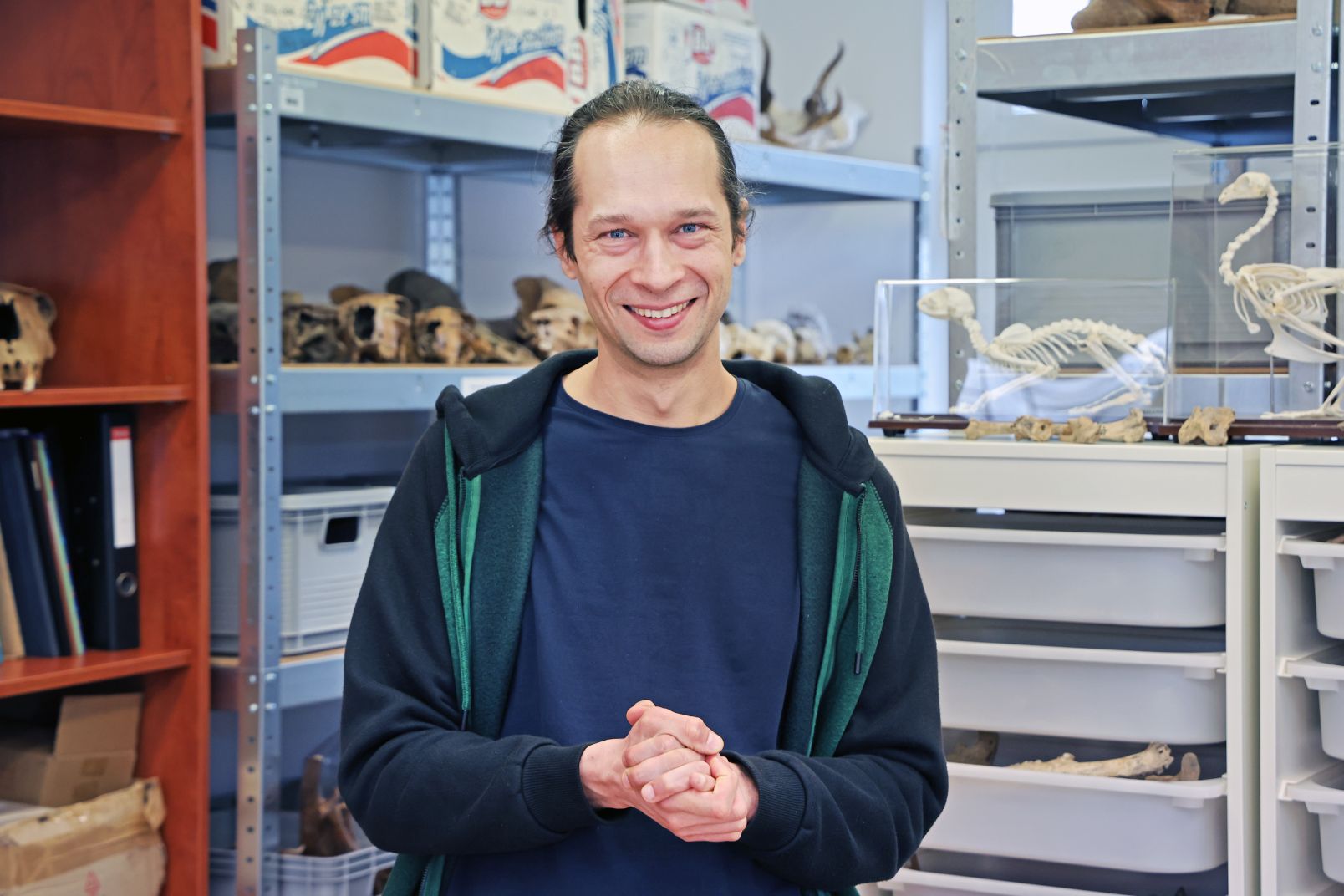
photo Andrzej Romański
“Re-understanding the role of pandemics (1300-1800): history, natural sciences, and machine learning" is a six-year project involving over 10 institutions – from the United States to Latvia and Greece, and its leaders, apart from Nicolaus Copernicus University, are Georgetown University in Washington, the University of Giessen in Germany, and the Max Planck Institute for Evolutionary Anthropology in Leipzig. Currently, it involves over 20 people, and at its peak there will be 20-30 more.
The undertaking has been divided into four main divisions. The first, archaeogenetic, is responsible for studying human remains for pathogens preserved in them. – Pathogens present in the human body at the time of death, even if they did not cause the death – specifies the historian from Nicolaus Copernicus University. – The research involves the reconstruction and identification of pathogen DNA obtained from molar teeth. It is difficult because pathogen DNA is only a tiny fraction of the total DNA preserved in teeth from burials, so we may have a mass grave of plague victims and yet today be able to identify the bacterium causing it in only one individual. It is like looking for a needle in a haystack, but once such a needle is found, it provides enormous knowledge. This division is mainly the responsibility of the Max Planck Institute for Evolutionary Anthropology in Leipzig and the University of Tübingen.
The second important division, paleoclimatic, aims to reconstruct climatic conditions for each season of the year and each part of Europe covered by the research. The climate across Europe, with seasonal precision – temperature and total precipitation – will be analyzed by a team led by Dr. Elena Xoplaki from Justus Liebig University in Giessen.
Prof. Izdebski and scientists from Georgetown University in Washington are responsible for the historical division. The researcher from Nicolaus Copernicus University explains that for each of the 11 regions in Europe covered by the project, there will be an assigned historian (female or male) who will check, among other things, family structures, clothing, means of transport, household density, economic situation, and demographic changes.
The point is to gather all available knowledge, coming both from written sources and from material culture, about factors that could have influenced the spread and severity of epidemics – explains Prof. Izdebski.
In Toruń, researchers dealing with England and Royal Prussia will be employed within the project, while the remaining historians will work in Washington, Zaragoza, Leipzig, and Białystok.
Together with the Institute of Geography and Spatial Organization of the Polish Academy of Sciences, Nicolaus Copernicus University is also responsible for the last division – palaeoecological, that is, the reconstruction of landscape changes in all studied regions. For two of them – Lithuania and historical Red Ruthenia, meaning the area of Sanok and Lviv – new, large-scale research will be needed. Additional studies will also be conducted in Italy, England, and France. Apart from Nicolaus Copernicus University and the Polish Academy of Sciences, universities in Rome (La Sapienza), Plymouth, and Riga, as well as the French CNRS, are involved.
The researchers will collect sediment cores from lakes and wetlands and count, in their successive layers, plant pollen that lived around these sites in the past and left their trace precisely in the form of pollen grains preserved in the mud at the bottom of lakes or in successive peat layers. Changing proportions of pollen from different plants in the sediments allow us to determine how the landscape changed in the past. Then, a historian will try to answer the question of why this landscape changed in such a way, what it tells us about society, its demography, and the possible impact of epidemics. – The landscape can be treated as a photographic negative, a reflection of society – surprisingly much can be read from it – assures Prof. Izdebski.
– Thanks to the support of the Vice-Rector for Research, Dr. hab. Adam Kola, Professor at Nicolaus Copernicus University, it was possible to “add" a certain bonus to this project – together with archaeologists from Nicolaus Copernicus University, we will conduct isotope research, allowing us to look at diet in various regions of Europe – says the historian from Nicolaus Copernicus University. – In Toruń itself, we will collect samples from several hundred individuals from excavations conducted by Toruń archaeologists to check how the diet of Toruń's inhabitants changed over the centuries. We will build here an entire infrastructure, which we also intend to use, in cooperation with partners from Leipzig, for genetic research on the population of Toruń in the past.
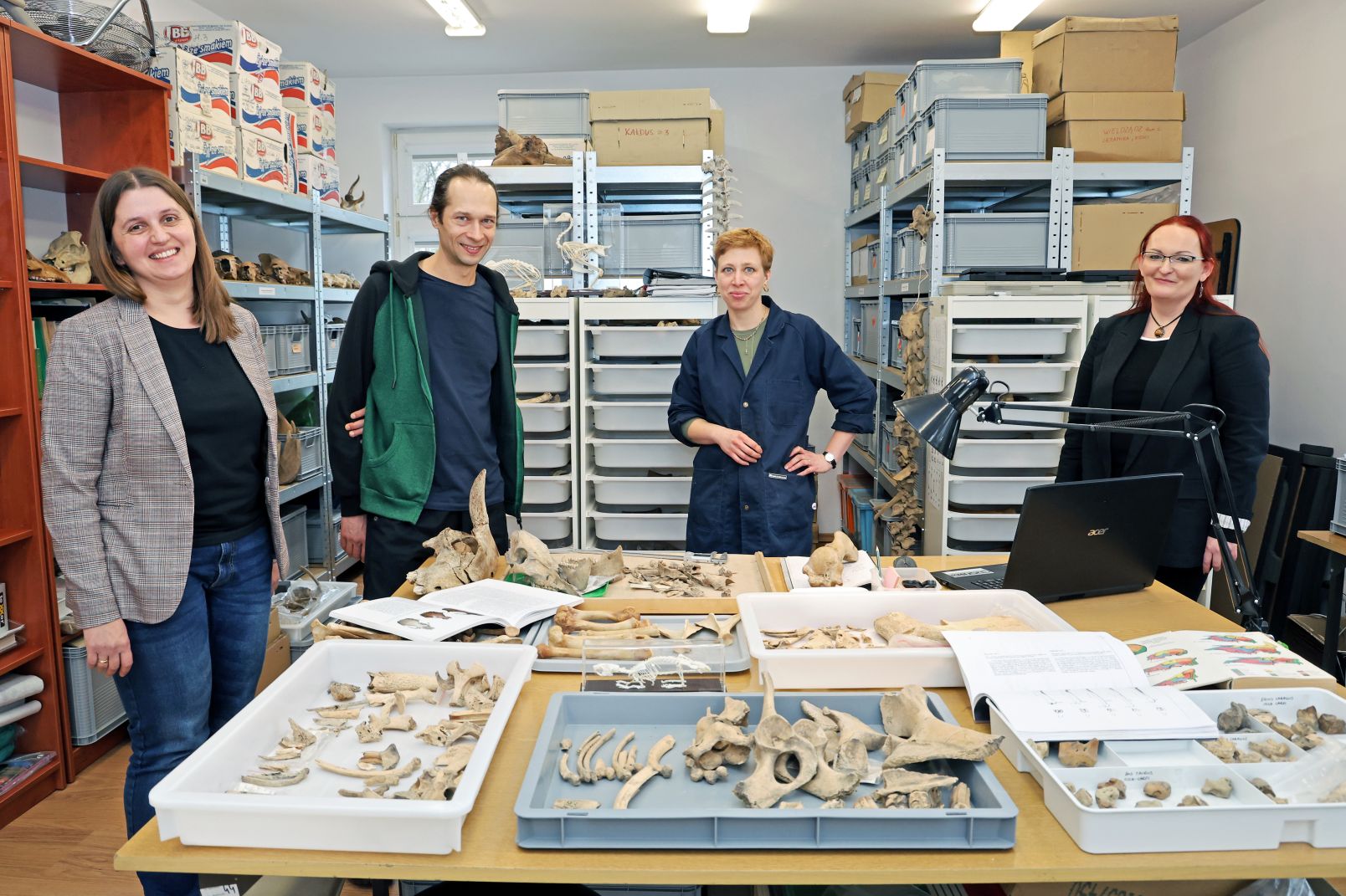
photo Andrzej Romański
The historian assures that in the fifth year of the project; the team will be “flooded" with information from all research centers. – We already know that there will be so much knowledge that our brains will not be able to handle it – informs Prof. Izdebski. – The human brain functions evolutionarily in such a way that it selects one factor, detects one danger, and focuses on it. We want to avoid such pigeonholing, because the world is complex, and that is why we will use machine learning and algorithms to detect this complex network causality. In my team there will be a specialist focusing on synthesis using machine learning and generative modelling, which we hope will expand the cognitive capabilities of our minds.
The researchers expect that the results of the study will provide frameworks to help understand what happens at the moment when a pandemic breaks out. As they explain, knowing the virus or bacterium causing the disease does not guarantee that it will be possible to predict what will happen next. A great deal depends on human agency and behavior, which result from the socio-natural context and various factors – cultural, demographic, economic, ecological, or even climatic.
Popularizing this knowledge will also be very important for us. We want to change the narrative that a plague or smallpox bacterium appears and wipes out half of Europe's population; it is much more complicated than that – says Prof. Izdebski. – Of course, based on early modern societies, we will not create models that can be directly applied one-to-one to contemporary times. However, we will be able to show what other aspects should be taken into account. We will indicate, based on scientific evidence, directions that can be included when building models in future pandemics. The fact that we are dealing with different pathogens, both those transmitted by droplets, like COVID, and those spread by insects and animals, like plague, creates more diverse knowledge that can be used depending on what the next pathogen will be that we have to face.
Adam Izdebski is a historian and ecologist. He comes from Bydgoszcz, studied at Oxford and in Warsaw (University of Warsaw), where he also defended his PhD in ancient and Byzantine history. Due to the interdisciplinary nature of his research, he received the title of professor in the field of exact and natural sciences (biological sciences). Over the last seven years, he led an independent research group at the Max Planck Institute for Geoanthropology in Jena, Germany, and earlier was a member of the Institute for Advanced Study in Princeton. From 2012 to 2025, he was affiliated with Jagiellonian University, and since July 1, 2025, he has been working at the Interdisciplinary Centre for Modern Technologies at Nicolaus Copernicus University in Toruń. Adam Izdebski is also a visiting professor and project leader at the government-funded Research Institute for Humanity and Nature in Kyoto, Japan. He has participated in several initiatives related to scientific advisory for international institutions, and since May 2025, he has been a member of the Group of Chief Scientific Advisors to the European Commission.
 NCU News
NCU News






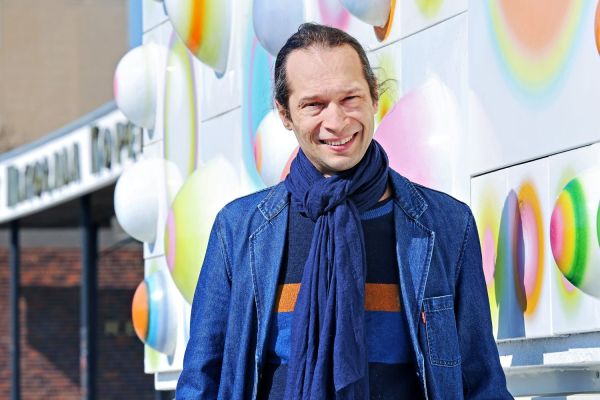
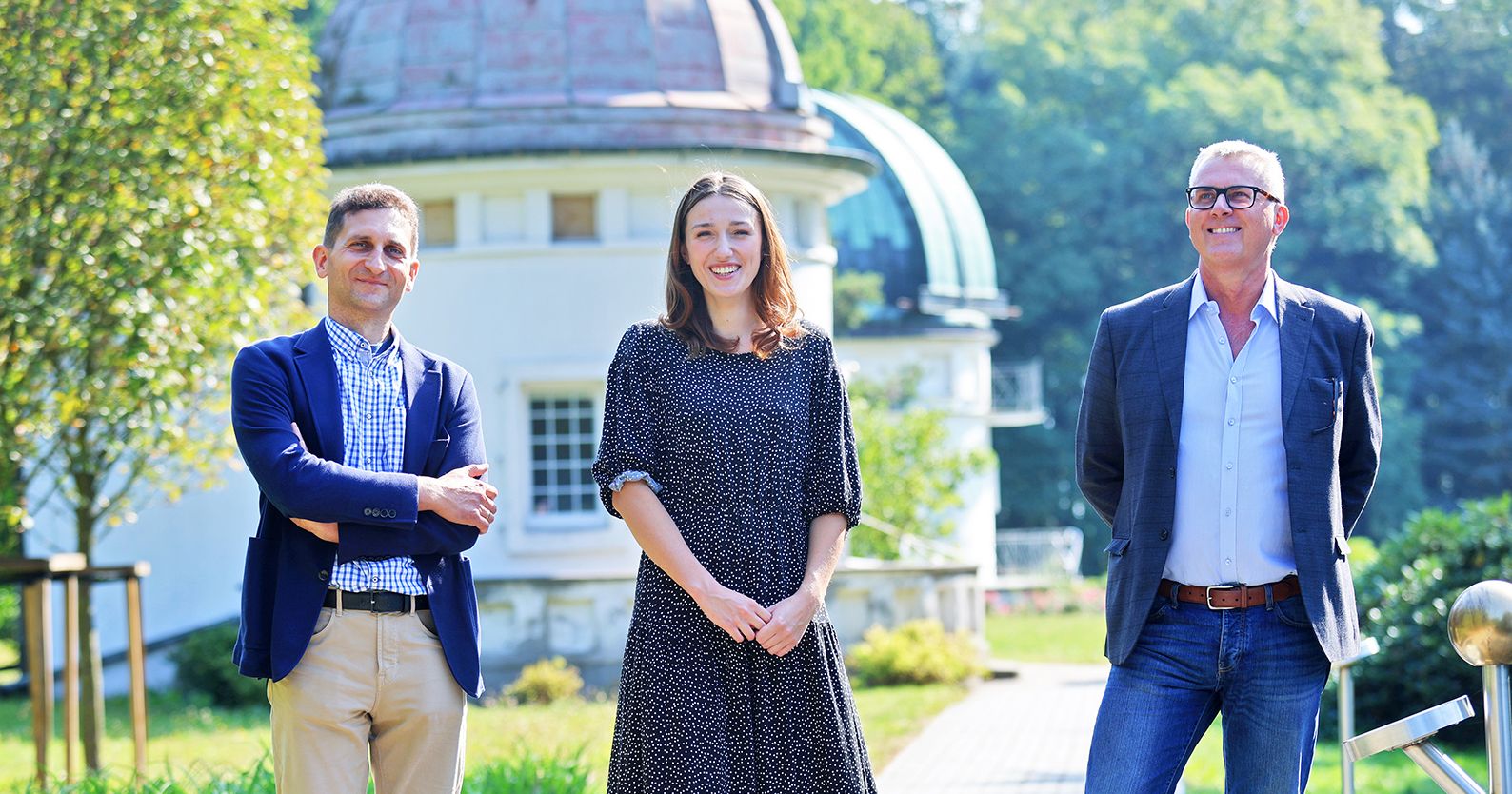 Exact sciences
Exact sciences
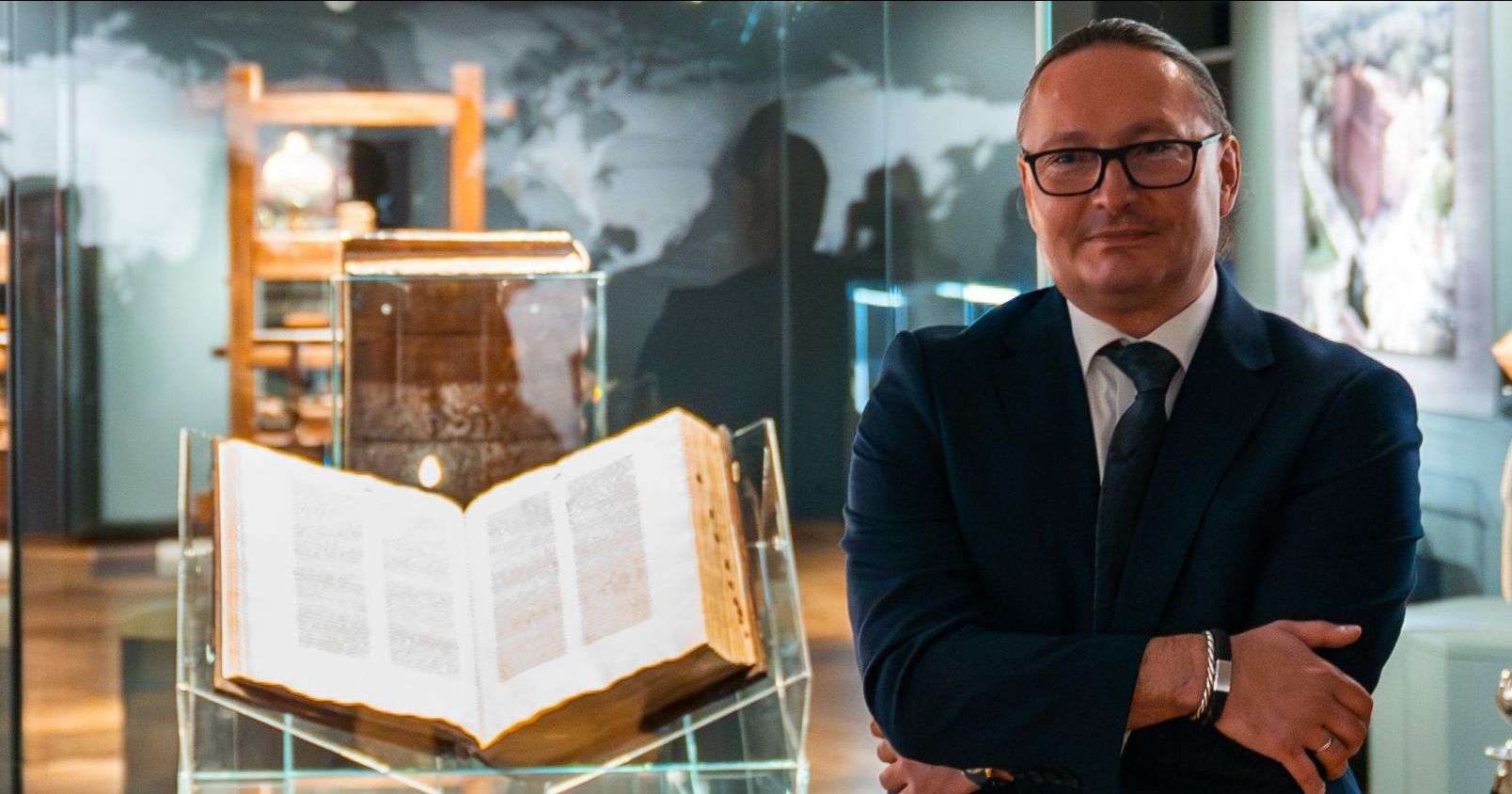 Humanities and arts
Humanities and arts